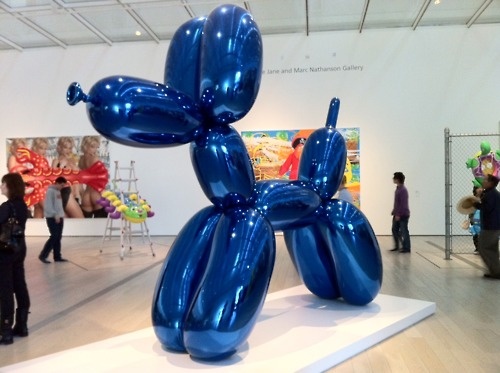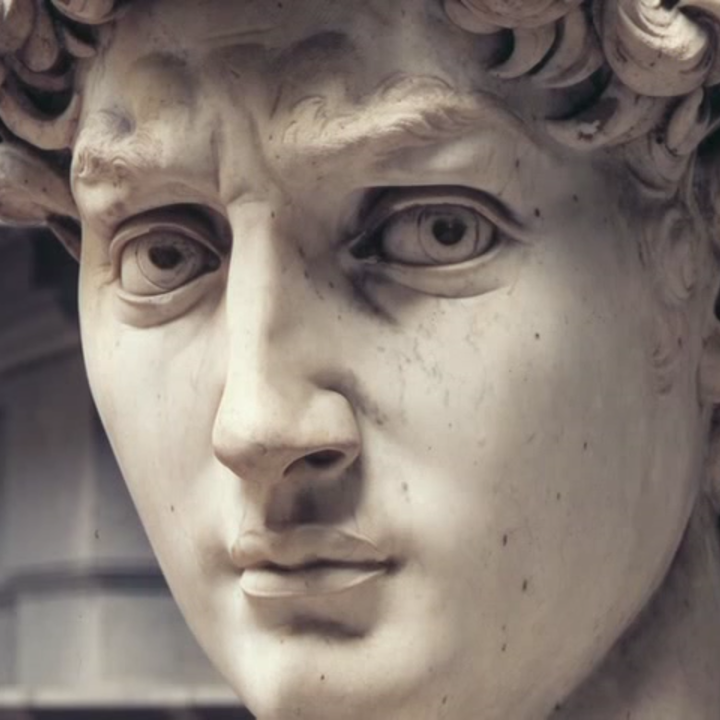In the fascinating and sometimes perplexing world of the contemporary art market, the value of a piece doesn’t always reflect its technical skill, conceptual depth, or cultural impact. Instead, the price of a work is often the result of intangible and strategic factors, such as the narrative surrounding it, the influence of galleries and artists in the market, and, of course, the collectors’ desire for belonging and prestige.
How Is the Value of an Artwork Built?
The inevitable question is: what makes certain objects so valuable when, at first glance, they seem to lack aesthetic or technical justification? Think of works that have captured global attention for their simplicity or provocative nature, like a banana taped to the wall or an abstract stain on a canvas. Often, these pieces baffle the average viewer; however, in today’s market, value lies not only in what is seen, but in the story that the work and the artist have managed to construct.
Each piece of contemporary art becomes a story in itself, where the context and endorsement of influential figures, such as galleries and critics, form the foundations of its economic value. In this dynamic, the artist’s name and the narrative of the piece weigh more than its technical or aesthetic execution.
Auctions: A Stage for Raising the Value of Art
Auction houses play a key role in this process, elevating the status of certain artists and their works through branding strategies that create scarcity and drive demand. Through the auction, a piece becomes a symbol of exclusivity and authenticity; the price paid symbolises both the value of the work and the prestige of its owner. Buyers don’t just acquire an object; they also take home a carefully crafted story about the artist and their trajectory.
The Influence of Galleries on Art Value
Within this speculative economy, galleries play a central role. By building an artist’s reputation, influential galleries consolidate their position in the market and attract collectors, ensuring that the value of the artist’s works increases over time. In this context, buying contemporary art becomes a strategic investment—a bet that the value of the piece will grow alongside the artist’s reputation and the story constructed around their work.
Owning Art: More Than an Aesthetic Relationship
This phenomenon redefines the idea of owning art, transforming it from a purely aesthetic or personal connection into a transaction of prestige and power. Buyers, in addition to admiring the piece, value the status it bestows within their social circles and the potential to sell it at a higher price in the future. Ultimately, the value of contemporary art is based on perception and marketing, in a synergy between meaning and price, carefully orchestrated by the market’s major players.
Speculation: The Art of Building Value
At 90 Millas Art Space, we understand the complexity of the contemporary art market and the importance of building a strong and authentic narrative for each work. It’s a constant reminder that, in the art world, the value of a piece can be as fleeting and powerful as the story that surrounds it. By building solid trajectories and promoting art that transcends speculation, we aim for each artist to emerge with authenticity in a market that often assigns value more by perception than by creation itself.
In contemporary art, value becomes a dance between what the work represents and the story that the market’s key players manage to tell. At 90 Millas Art Space, we work to ensure that this story remains true to each artist’s talent and vision, helping to build a career that responds not only to speculation but leaves a lasting and genuine mark.


